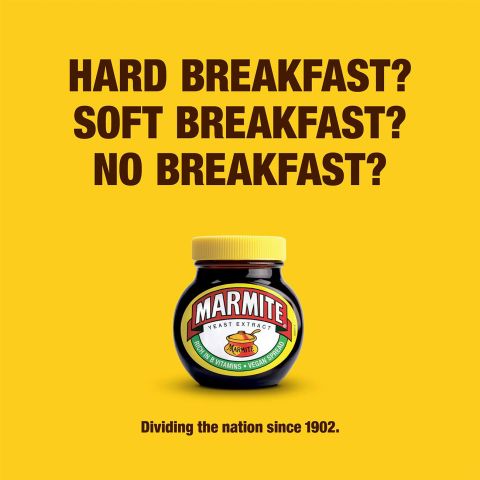

Unit wise allocation of marks for CBSE Class 12
Unit | Topic / Chapter | Marks |
I | Isometric Projections of Solids | 25 |
II | Machine Drawing | 45 |
| A. Drawing of Machine parts |
|
| B. Assembley Drawing and Dis-assembly drawings |
|
| Practical | 30 |
| Total | 70 |
CBSE Class 12 Science: Engineering Drawing Syllabus
Unit I: Isometric Projection of Solids
(i) Construction of isometric scale showing main divisions of 10 mm and smaller divisions of 1 mm, also showing the leading angles. Drawing helping view/s such as triangles, pentagon, hexagon, etc., using isometric scale.
(ii) Isometric projections (drawn to isometric scale) of solids such as cube, regular prism and pyramids (triangular, square, pentagonal and hexagonal), cone, cylinder, sphere, hemisphere, frustum of right regular pyramids (triangular, square, pentagonal, hexagonal) and cone, when they are cut by a plane parallel to the base. The axis and the base side of the solid should be either perpendicular to HP / VP or parallel to HP and VP. (Indicate the direction of viewing)
(iii) Combination of two solids (except “frustum” of Pyramids and Cone) Keeping the base side parallel or perpendicular to HP/VP and placed centrally together, axis of both the solids should not be given parallel to HP.
Note:
(1) Question on frustum will be asked in vertical position only.
(2) Hidden lines are not required in isometric projection.
Unit II: Machine Drawing
A. Drawing of machine parts
(i) Drawing to full size scale with instruments.
(Internal choice will be given between any two of the following).
Introduction of threads: Standard profiles of screw threads square, knuckle, B.S.W., Metric (external and internal). Bolts (Square, Hexagonal, Tee and Hook); Nuts: (Square and Hexagonal), Plain washer, combination of nut and bolt with or without washer for assembling two parts together, Single riveted lap joint with standard dimensions.
(ii) Free-hand sketches
(Internal choice will be given between any two of the following).
Conventional representation of external and internal threads; studs (plain, square-neck and collar), screws (round-head, cheese-head, 900 flat counter sunk-head, hexagonal sockethead and grub-screw). Types of rivets:- snap head, pan head-without tapered neck, flat head and 600 countersunk flat head. Types of sunk-keys (rectangular taper, woodruff and double-head feather key with gib head on both ends).
B. Assembly drawings and Dis-Assembly drawings
(Internal choice will be given between an Assembly drawing and a Dis-Assembly drawing).
Note:
1. In all Assembly drawings, half sectional front view will be asked. Side/End view or Top View/Plan will be drawn without section.
2. In all the Dis-assembly drawings, only two orthographic views (one of the two views may be half in section or full in section) of any two parts.
3. (a) In all sectional views, hidden lines / edges are not to be shown. (b) In all full views, hidden /edges are to be shown.
1. Bearings
(i) Open-Bearing
(ii) Bushed-Bearing
2. Rod-Joints
(i) Cotter-joints for circular-rods (socket and spigot joint)
(ii) Cotter-joints for round-rods (sleeve and cotter joint)
(iii) Cotter-joints for square rods (Gib and cotter-joint)
3. Tie-rod and Pipe-joint
(i) Turnbuckle
(ii) Flange pipe joint
4. Couplings
(i) Unprotected Flange Coupling (having socket and spigot arrangement)
(ii) Protected Flange Coupling
Related Links

Latest
Articles
CBSE Compartment Result 2023 OUT: Click For Direct Link
Home CBSE Compartment Result 2023 OUT: Click For Direct Link The CBSE 10th Compartment Result 2023 is expected to be
IIT Roorkee Launches Professional Certification Program in Product Management
Home IIT Roorkee Launches Professional Certification Program in Product Management The fees five-month long programme is for Rs 1,40,000 +
Join Our Whatsapp Community
Lorem ipsum dolor sit amet, consectetur adipisicing elit, sed do eiusmod tempor incididunt ut labore et dolore magna aliqua. Ut enim ad minim veniam, quis nostrud








